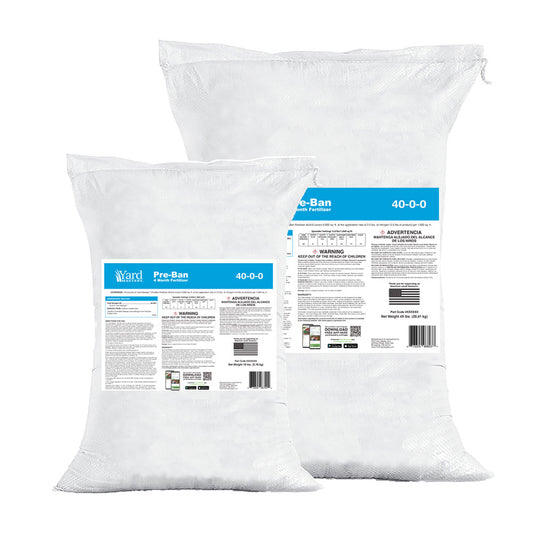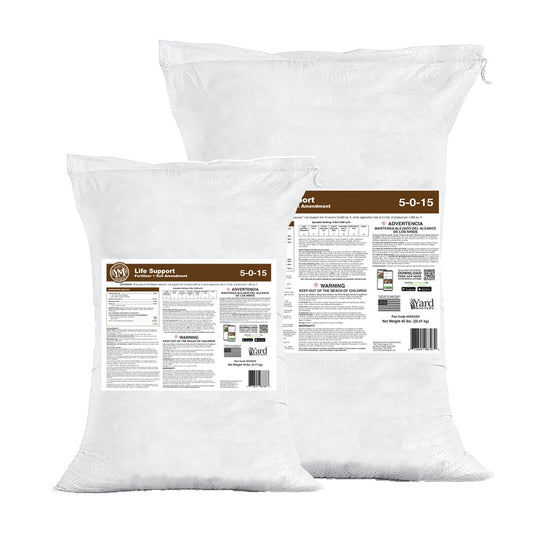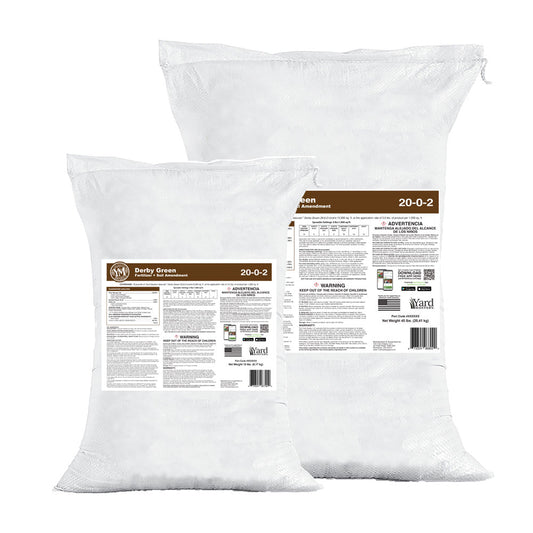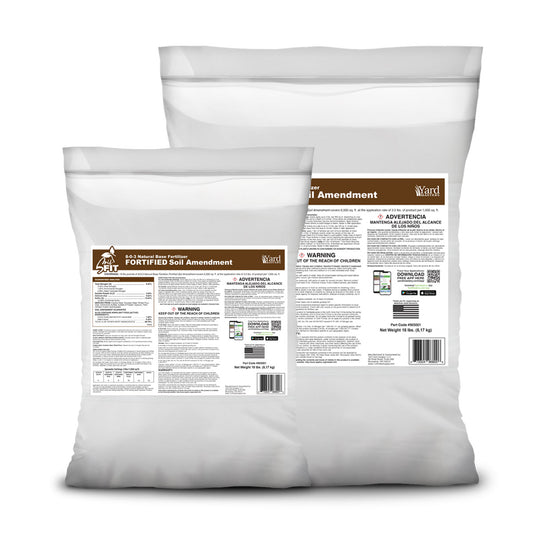So you’re thinking of seeding your bermuda or zoysia lawn this year? What about seeding centipede, bahia or St Augustine grass?
Here is my advice.
How To Seed Your Warm Season Lawn
So starting off, there is no St Augustine grass seed available. No viable seed exists. It’s all propagated vegetatively. (new plants are grown from pieces of existing plants).

From there, let me try and talk you out of seeding warm season turf. You can do it and be successful, but let’s first look at some of the challenges you will likely face.
Spring Is The Time To Seed Warm Season Turf
Warm season turf is aggressive once it gets established. We call our grasses “self healing” grasses because they spread far and wide with rhizomes and stolons that creep across the ground, filling in thin spots.
The key term there is “once it gets established.” That can take time, especially from seed. Warm season grass seed growth and establishment follows this long curve that you see here.

You can see that long ramp into summer and then falling off as temps cool down towards the fall. It takes that entire season, from mid-spring to mid-fall for warm season grass seed like zoysia or bermuda to grow, spread, put in roots and establish itself.
Just to give you an idea: most people think about seeding lawns up north and up there, you can grow a completely beautiful lawn of ryegrass seed in just 3-4 weeks. A beautiful lawn of ryegrass in a month. It’s really that easy.
On the flip side, bermuda and zoysia and centipede and even bahia grass need a lot more sunlight and a lot longer time to get themselves fully established and covering soil.
They are VERY aggressive once they are established but the ramp up that first season is quite slow. With cool season grasses, they just have to push down roots and push up top growth, that’s it. They are ”bunch type” grasses.
Warm season grasses like zoysia and bermuda are spreading grasses so not only do they have to push roots, they also have to push stolons, rhizomes and then finally top growth. That takes a lot more energy which is why they do their best work through the long summer when the days are longest.
If you seed zoysia or bermuda in spring, you can expect to have a decent covering of turf within 5-6 months. That’s a very long ramp.
Weeds Can and Will Invade
Now here’s the thing. During that summer time period there will be all kinds of weeds invading and fighting for space alongside your new grass. Once it gets established, thick bermudagrass and zoysia grass can really help choke out and fight off weeds, but not when they are young. They are vulnerable.
On the flipside, a lot of annual grassy weeds like crabgrass are bred to run fast and hard. They are spring annuals and only live one season with one purpose, to drop more seeds. These weeds and many others will compete for space with your expensive grass seed.
You will not be able to use any pre-emergent herbicides (those that stop weeds) because those same herbicides will kill your new grass seed. So you are without defense.
And you also won’t be able to use most post-emergent weed killers either because those require that grass be well established before using them. The herbicide will injure young grass plants.
I’m thinking of signalgrass, carpetgrass, dallisgrass and torpedograss. These are bad once they get in.
In the south we also have many weeds that invade for which there is no selective post emergent herbicide. A selective herbicide is one that selectively kills the weeds and not the lawn. A post emergent herbicide is one that you use to kill existing weeds.
There is no selective herbicide for many of these so once they get in, you’re stuck with them. And for sure, most of them will out-run your new bermuda, zoysia, centipede or bahia grass.
Sod Creates Immediate Competition
This is why I recommend sodding in the south if you can. Sod creates immediate competition and blots out the sun, discouraging and even stopping a lot of competition from even getting started.
All the sod has to do is root in and that takes only 3 weeks or so. So with sodding you literally have a full lawn in less than a month, just like lawns up north.
Now I realize there is a cost to sod but have you actually called a landscape supply store and asked? It is at least worth that much to compare pricing and labor. Sodding a lawn is not difficult work brain wise - it’s just physically demanding. If you have some good friends, you can sod cut a lawn and resod in just a weekend.
What Existing Grass Is There Already?
One thing that I don’t talk about enough is the existing turf you have. If you have at least 30% of your lawn that is already bermuda, or zoysia or St Augustine then just know, if you start pushing that existing grass with fertilizer every 4 weeks, and mow often and keep it watered, I bet you will be surprised at how FAST it will start to spread and fill back in.
These are alpha turfgrasses and if you feed them, they will grow and spread. In Florida, I can tell you that when the summer rainy season hits, EVERYONE’s lawn thickens up, even the worst ones. Those of us who fertilize are the ones that are thicker and greener, no grass seed needed.
So before you do any of this seeding or sodding business, why not first see what you can do with your existing warm season turf and push it as hard as you can all season. I bet it will surprise you just how far it comes so fast.






